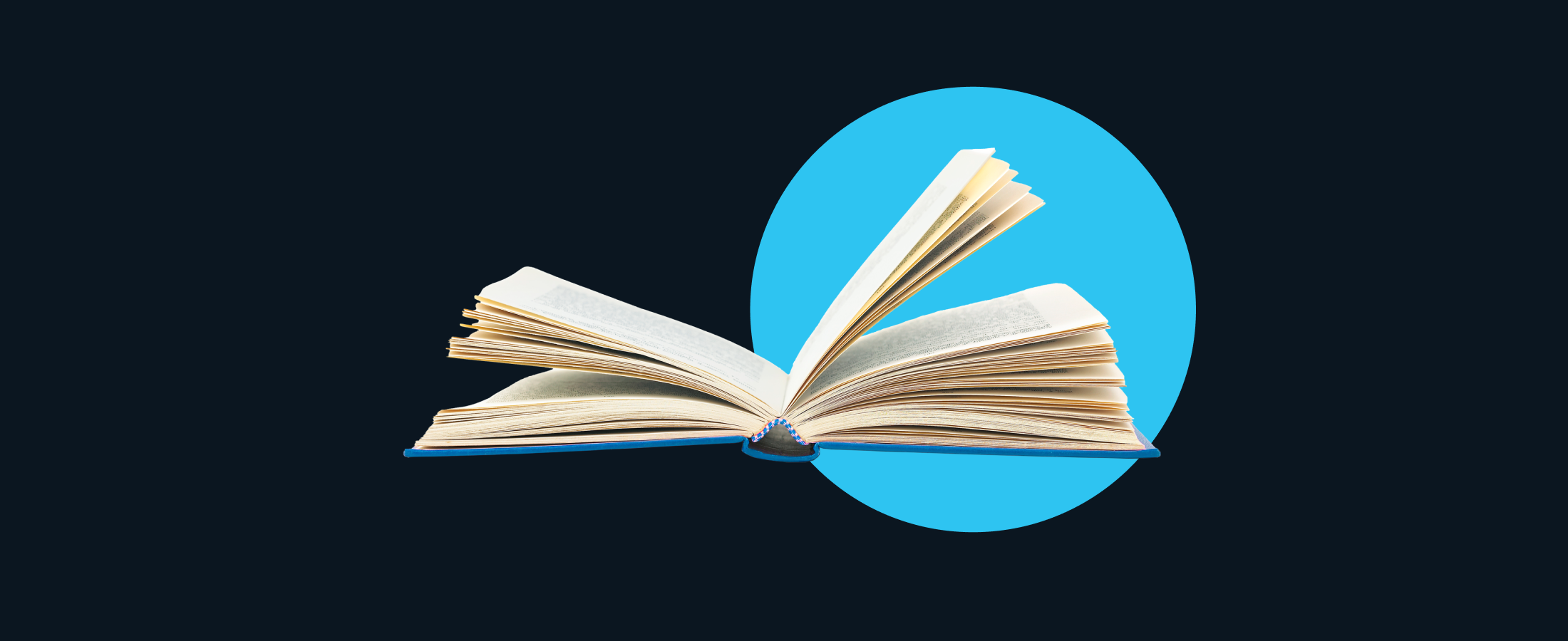Apr 1, 2022
What Does It Mean to be Financially Literate?
Learn how to make the right decisions about money every day.

Not knowing the basics about your finances can cost you big time.
In fact, lacking essential knowledge about money cost the average consumer nearly $1,389 in 2021, according to the National Financial Educators Council, a nonprofit group devoted to achieving financial literacy.
One reason could be that consumers tend to struggle with essential concepts, including numeracy, not knowing how an interest rate affects the cost to borrow money, how compounding can work to increase your personal wealth, and whether it’s safer to invest in a single stock or a mutual fund.
Fortunately, Congress has designated April Financial Literacy Month, and over the coming weeks, Stash plans to present you with articles, challenges, and other content that we hope will inform you and help test your knowledge of money.
But let’s start with the basics.
What does it mean to be financially literate?
In a nutshell, financial literacy means having the ability to assess your financial situation so you can make the right decisions about money on a daily basis. It can help you manage your current life, while preparing you for unforeseen expenses and emergencies. It will also help you develop a financial plan for the future. That way you won’t be wasting your cash, or getting yourself into debt, or taking unnecessary financial risks.
It also means learning how to budget, plan, save, and invest. And it means having goals for your financial future, which should include your retirement.
Unfortunately, too many people in the U.S. lack access to a basic financial education.
I didn’t learn financial literacy in school!
If you got through high school without learning how to make a budget, or that $200 charged on a high interest credit card can end up costing you $400 if you don’t pay off the balance, you’re in good company.
Teaching students about money and money management isn’t a priority in most schools. The majority of states have no requirements for students to learn even the rudiments of economics or financial planning, according to the Council for Economic Education.
And often it can be difficult to know where to go to educate yourself.
Lack of money knowledge can have real consequences
Financial products, ranging from retirement accounts to mortgages and credit cards, have gotten increasingly complex. And a generation ago, there weren’t so many options for saving and investing. Now we just need to know a lot more.
Lack of financial literacy helped lead us into the worst financial crisis since the Great Depression. Remember the housing crisis? Tens of thousands of people purchased houses they couldn’t afford, and then defaulted on mortgages that were hard to understand.
Even today, the average debt for things like student loans and credit cards keeps creeping up, with average consumer debt totalling close to $93,000 according to a 2021 study by the credit bureau Experian.
At the same time, there’s a savings crisis–not enough people are planning to put money away for emergencies, or to plan for their retirement. More than one third of households had savings for retirement of $5,000 or less, according to one 2019 survey. Not nearly what will be required for retirements that can stretch on for decades.
Additionally, the pandemic has worsened economic circumstances for many. For people who suffered job losses, roughly two thirds of working adults said it will be harder for them to meet their financial goals, according to a 2021 Pew Research Center report.
Fortunately there are plenty of ways to get smarter about your finances, and to give yourself the financial education you need and deserve, so you can save and make smarter decisions with your money.
For starters, there’s lots of free information available to everyone. Here are just a few places to look:
Some FinLit resources
The federal government has a number of sites, including Mymoney.gov, created by the Federal Financial Literacy and Education Commission, a financial literacy partnership between dozens of U.S. federal departments and agencies.
The Consumer Financial Protection Bureau (CFPB) has information on everything from auto loans and mortgages to student loans and buying a house.
The Jump$tart Coalition for Personal Financial Literacy also has lesson plans that can help get kids involved early in their financial education.
Get real with yourself
Here’s a quick checklist of questions that can help you gauge how you’re doing, no judgments. Many of these questions are also part of the Stash Way, our guide to financial wellness.
If you answer ‘no’ to one or more of these questions, it might be a good idea to brush up on your financial education.
- Do you spend less than you earn?
- Do you always pay your bills on time?
- If you have debt, do you pay more than the monthly minimum?
- Have you created an emergency fund that can cover three to six months of expenses?
- Do you have medical, home-owners or renters insurance, to insulate you from financial shocks?
- Have you created a retirement savings plan?
- Do you know your credit score, and what it means?
Getting smart about money is a lifelong process. Education is the first step toward learning the basics you need to have a successful financial life today, and in the future.
Related Articles

Saving vs. Investing: 2 Ways to Reach Your Financial Goals

The 2024 Financial Checklist: A Guide to a Confident New Year

9 Ways to Celebrate Financial Wellness Month

Budgeting for Young Adults: 19 Money Saving Tips for 2024

The Best Personal Finance Books on Money Skills, Investing, and Creating Your Best Life for 2024

What Is a Financial Plan? A Beginner’s Guide to Financial Planning





